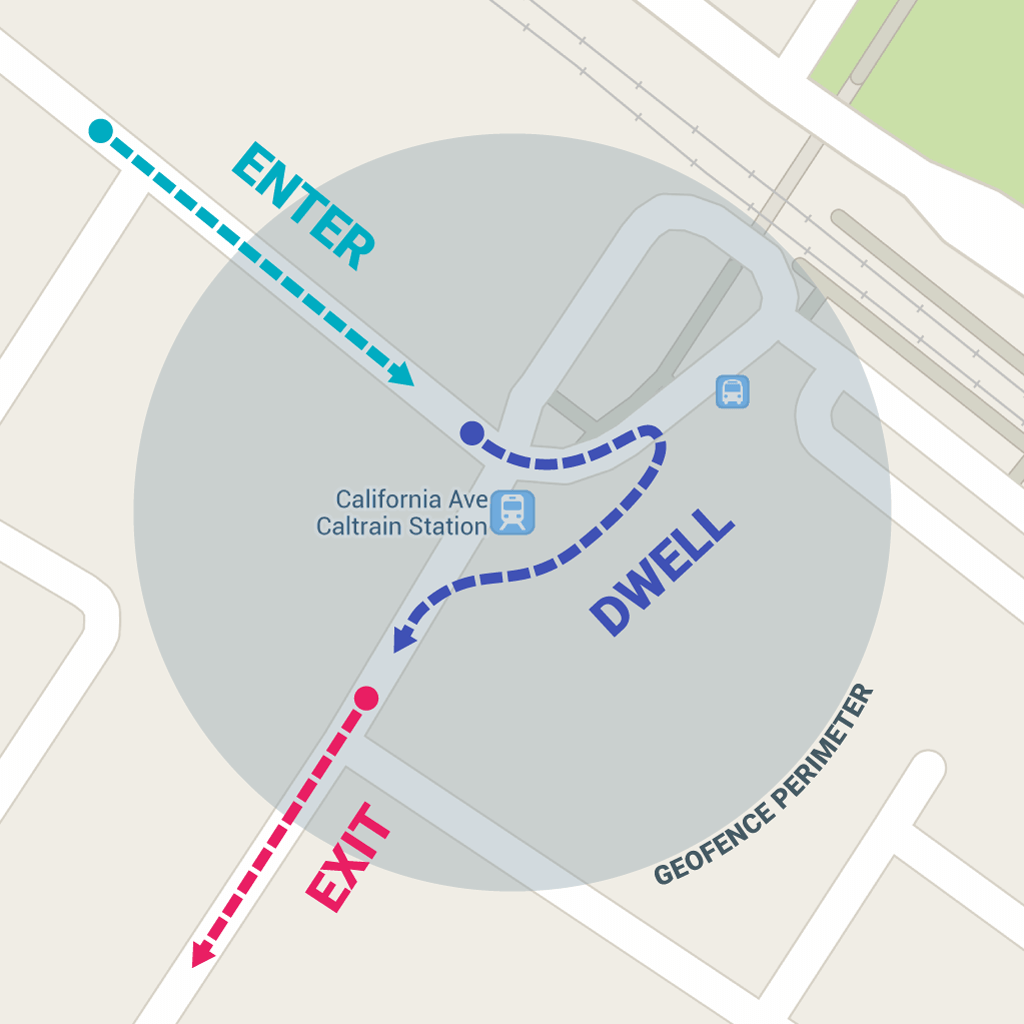GPS trackers for equipment can help eliminate idling, unauthorized and incorrect use, thefts, and fuel wastage. Moreover, they offer valuable insights into machinery performance and operational efficiency.
To ensure their effectiveness, GPS tracking devices need to be secure against tampering. This includes physical tampering equipment safety (cutting wires, dismantling) and GPS signal spoofing techniques.
1. Install a GPS Tracker
Heavy equipment is an expensive asset, and protecting it requires the right tools. GPS trackers help companies monitor their construction machinery 24/7 so that they can ensure that workers are operating at peak performance levels while minimizing fuel waste and equipment theft.
When implementing GPS tracking technology, be sure to consider the effect on existing maintenance processes and workflows to ensure a smooth transition. Also, make sure to communicate clearly with employees about the benefits of GPS tracking and address any concerns or misconceptions.
Finally, remember that GPS tracking devices are not foolproof, so it is a good idea to incorporate checking the status of equipment trackers into regular inspection procedures. A quick check can be as simple as ensuring the tracker isn’t resting near metal objects and that its battery has not expired. Incorporating these simple steps into routine can dramatically improve the odds of locating and recovering stolen equipment. Moreover, it can significantly reduce unexpected repair expenses and equipment downtime.
2. Set Up Geofences
 You can set up geofences that trigger alerts when a device enters, exits or moves within a defined area. You can also use the geofence feature to create event rules that send email or SMS notifications when a tagged device enters, exits or moves within or away from a group of geofences.
You can set up geofences that trigger alerts when a device enters, exits or moves within a defined area. You can also use the geofence feature to create event rules that send email or SMS notifications when a tagged device enters, exits or moves within or away from a group of geofences.
To add a geofence, tap the blue “Add a Geofence” button midway down the right-hand side of your screen. A map will enlarge to fill the screen.
Draw your geofence on the map or select a location from the list of places and click “Create.” Name and define a Description for your new geofence. To pin a geofence to the map, click “Pin to Map.” You can then move your geofences into groups to make it easier to monitor multiple areas at once. If you want to avoid “alert spam,” choose a DwellTime setting that will only trigger events when the device remains in the geofence for a specified period of time.
3. Install Alarms
Taking steps like ensuring surveillance systems are functional, and that gates are locked during non-operational hours will go a long way to deter opportunistic thieves. But, replacing stolen equipment comes with considerable costs. This includes purchasing new machinery, renting temporary assets to keep operations running smoothly, and insurance premiums.
GPS trackers can help minimize these costs by providing a more robust loss prevention strategy. By tracking the real-time location of heavy equipment, rental businesses can identify and stop unauthorized use. They can also get alerts when equipment may be in danger of being damaged or tampered with.
Additionally, a GPS tracker can provide a wealth of other operational insights. Route history and status information enables companies to optimize routes, reduce fuel consumption, and cut operating costs. Customizable event notifications can also be helpful to ensure equipment malfunctions or upcoming maintenance is addressed promptly, before minor issues turn into major problems. A note of caution, however, is to make sure the device’s batteries are always charged and functioning properly. Otherwise, they will become ineffective at protecting equipment from theft and other issues.
4. Set Up Alerts
 With GPS tracking, equipment managers are able to set custom notifications for specific situations such as unauthorized use or potential malfunctions. This ensures timely action and helps prevent small issues from escalating into costly repairs or operational disruptions.
With GPS tracking, equipment managers are able to set custom notifications for specific situations such as unauthorized use or potential malfunctions. This ensures timely action and helps prevent small issues from escalating into costly repairs or operational disruptions.
When setting up alerts, decide whether to get notifications when the tracker enters or exits a boundary, when trips start and end, or when they exceed a certain distance or duration. You can also choose to receive motion and speed alerts. Motion alerts tell you when the tracked object begins and stops moving, while speed alerts notify you when the object is traveling above a preset speed threshold.
To maximize the effectiveness of GPS tracking systems for equipment, emphasize accountability and foster a culture of trust. Provide comprehensive training on how to use the system effectively and address questions or concerns that arise. Involve employees in the process to create a sense of ownership and collaboration.
